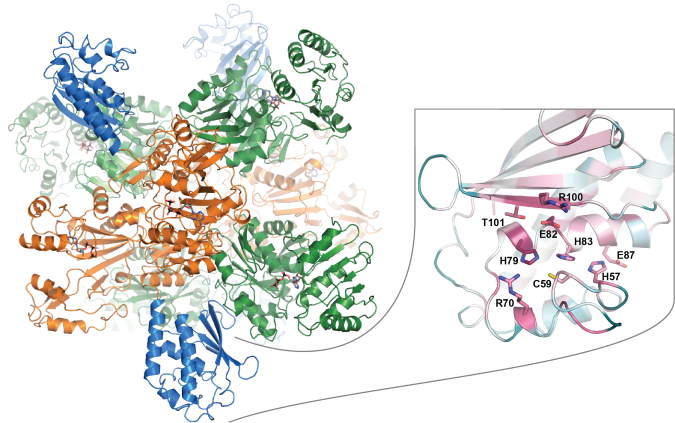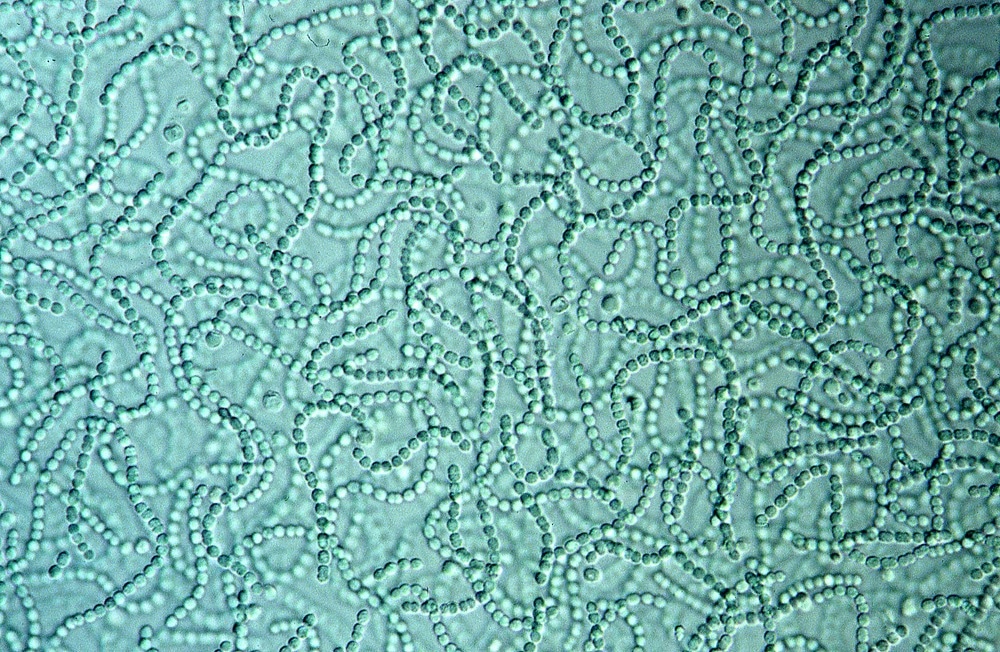Reviewed by Danielle Ellis, B.Sc.Oct 3 2022
Blue-green algae, also known as cyanobacteria, have a superpower that likely contributes to their extreme success as waterway invaders. They have a remarkable capacity to store nitrogen and energy in their cells for use when necessary. But the particular method of how they achieve so is still not fully understood.
 The surprising Swiss-Army-knife-like functions of a powerful enzyme. Image Credit: McGill University
The surprising Swiss-Army-knife-like functions of a powerful enzyme. Image Credit: McGill University
The cyanophycin synthetases, which are involved in producing these food reserves, have just been discovered to possess an intriguing, hitherto undiscovered ability, according to researchers from McGill University and their collaborators at ETH Zurich.
In addition to being scientifically unexpected, their findings, which are detailed in the latest study in Nature Communications, enable employing these environmentally friendly polymers for everything from bandages to biodegradable antiscalants to animal feeding.

Image Credit: Dr. Norbert Lange/Shutterstock
Enzymes that synthesize long chains of polymers, like cyanophycin synthetases (also known as polymerase enzymes), typically need primers in the form of small “starter chains” to begin building the long chains.
A variety of biological processes, including the beginning of RNA and DNA replication and the conversion of glucose into glycogen to store energy for later use, are accelerated by polymerases. It was previously believed that primers were required for cyanophycin synthetases from a variety of cyanobacteria, but the researchers discovered something unexpected.
We were working with several cyanophycin synthetases and found that one of them did not need to be given primer. After three years of experiments, trying to figure out why not, we discovered that this cyanophycin synthetase had a hidden reaction center within it that cleaves bonds between amino acids, instead of linking amino acids, which is this polymerase’s main job.”
Itai Sharon, Study Lead Author and PhD Student, Biochemistry, McGill University
Unlike all known polymerases
The researchers found that, in the absence of a primer, cyanophycin synthetase could slowly produce very small quantities of long cyanophycin polymers, which the newly discovered reaction center subsequently cleaves into a large number of short chains that are utilized as primers for rapid polymerization.
We call cyanophycin synthetase a ‘Swiss army knife enzyme. It combines three enzymatic functions—two bond-making and one bond-breaking—into one elegant, self-sufficient polymerizing machine.”
Martin Schmeing, Study Corresponding Author and Director, McGill Centre de Recherche en Biologie Structurale
Schmeing added, “What makes it even more special is that these polymerases have been studied by many researchers for decades and decades. Nobody, including us, had noticed this before!”
Source:
Journal reference:
Sharon, I., et al. (2022). A cryptic third active site in cyanophycin synthetase creates primers for polymerization. Nature Communications. doi.org/10.1038/s41467-022-31542-7